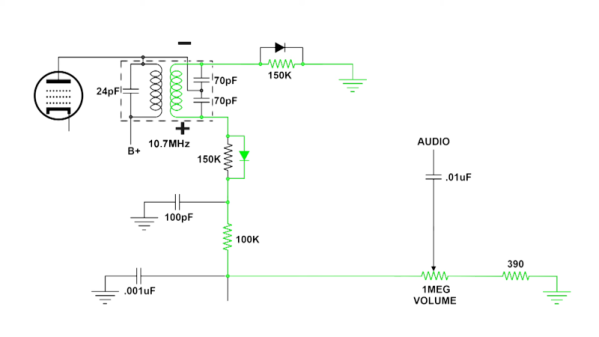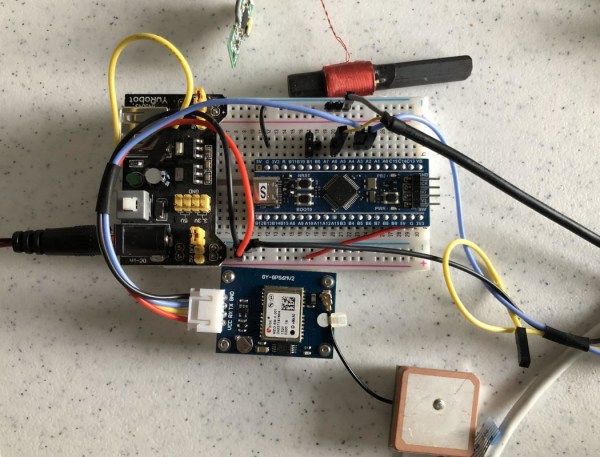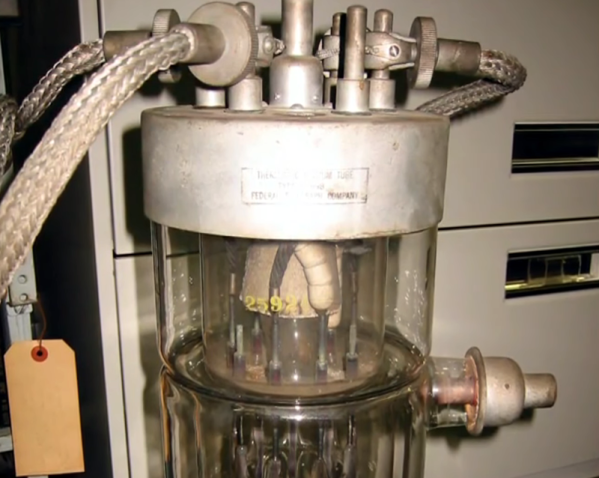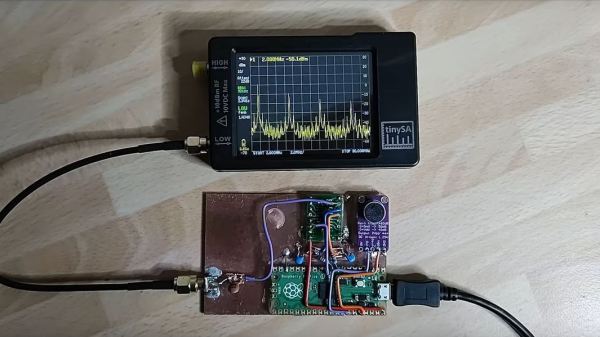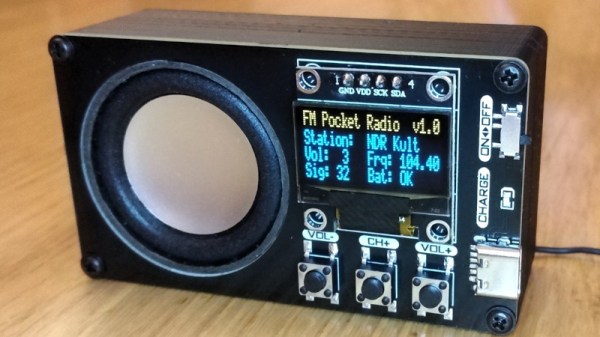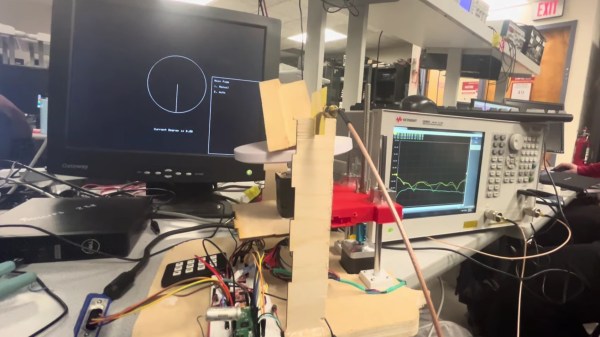These days, affordable software defined radios (SDRs) have made huge swaths of the spectrum available to hobbyists. Whether you’re looking to sniff the data from that 433 MHz thermometer you’ve got in the backyard or pick up transmissions from satellites, the same little USB-connected box can make it happen.
But even the best SDR is constrained by the antenna it’s connected to, and that’s where it can still get a little tricky for new players. Luckily, there’s a new option for those who want to pick up signals from space without breaking the bank: the Discovery Dish by KrakenRF. After reaching 105% of its funding goal on December 20th, the handy little 65-cm aluminum reflector looks like it’s on track to ship out this summer.
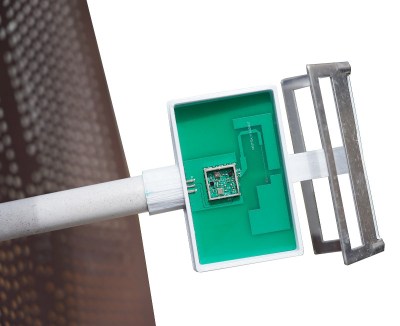 The Discovery Dish was designed from the ground up to enable hobbyists to receive real-time weather data from satellites transmitting in the L band (GOES, NOAA, Meteor, etc.) and experiment with hydrogen line radio astronomy. Neither of which are anything new, of course. But having a pre-built dish and feed takes a lot of the hassle out of picking up these distant signals.
The Discovery Dish was designed from the ground up to enable hobbyists to receive real-time weather data from satellites transmitting in the L band (GOES, NOAA, Meteor, etc.) and experiment with hydrogen line radio astronomy. Neither of which are anything new, of course. But having a pre-built dish and feed takes a lot of the hassle out of picking up these distant signals.
Although the current prototype has a one-piece reflector, the final Discovery Dish will break down into three “petals” to make storage and transport easier. If you don’t want to take it all the way apart, you can simply remove the feed to make it a bit more compact. Speaking of which, KrakenRF is also offering three different feeds depending on what signals you’re after: L band, Inmarsat, or hydrogen line.
You still have options if you’ve got to keep your radio hacking on a tighter budget. As we saw recently, you can actually pull an ET and pick up weather satellites using a foil-lined umbrella. Or spend a little at the big box hardware store and grab some aluminum flashing.
Continue reading “Discovery Dish Lets You Pick Up The Final Frontier” →

